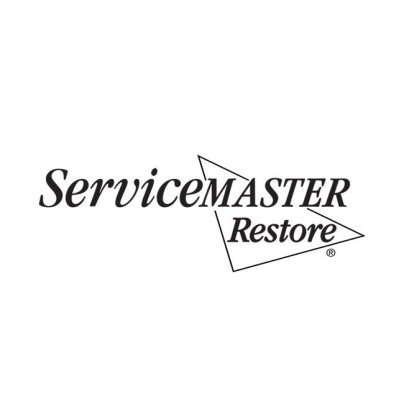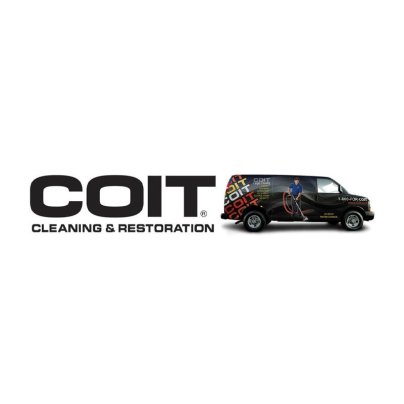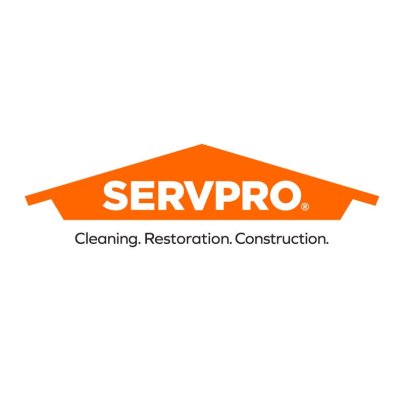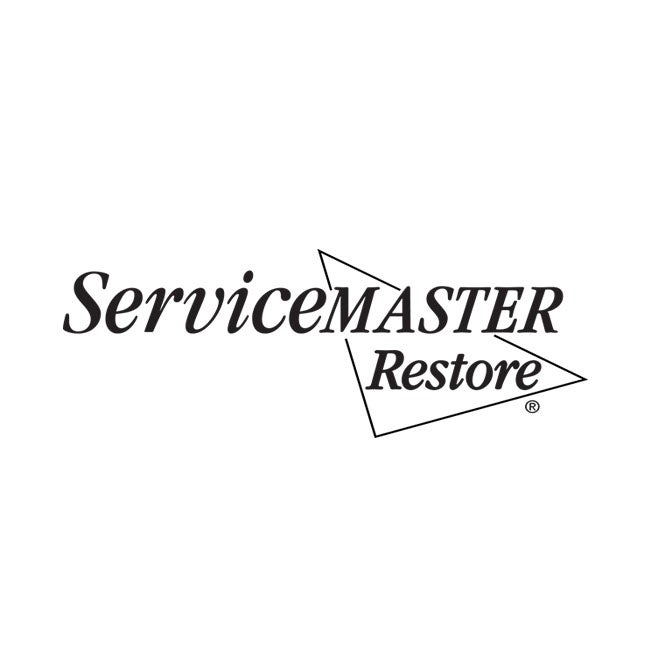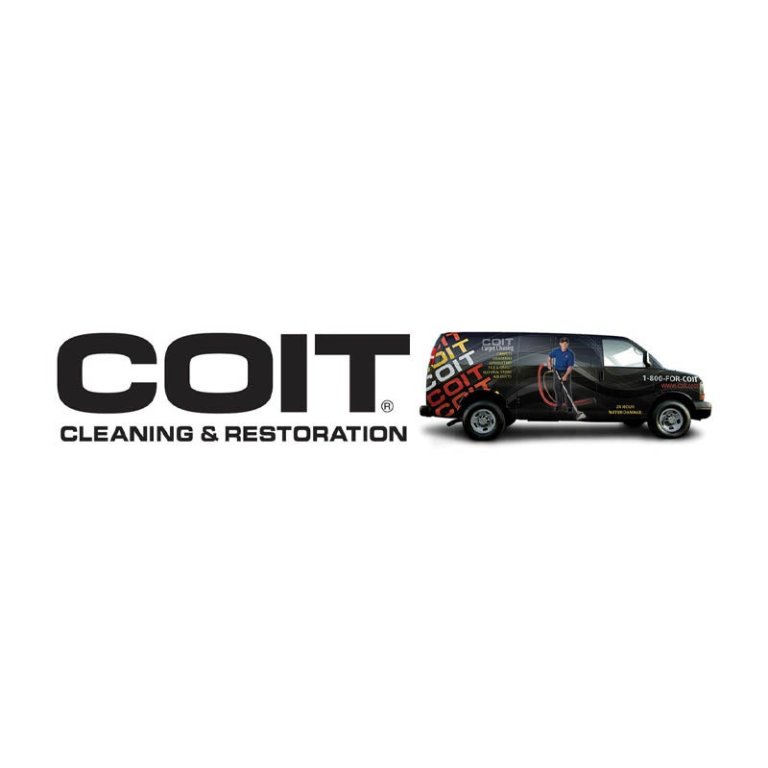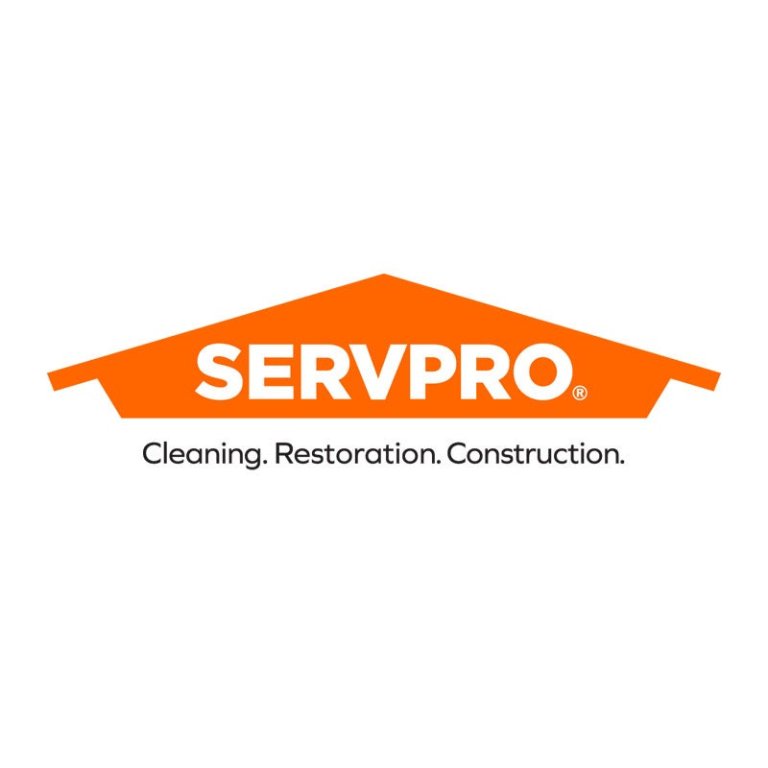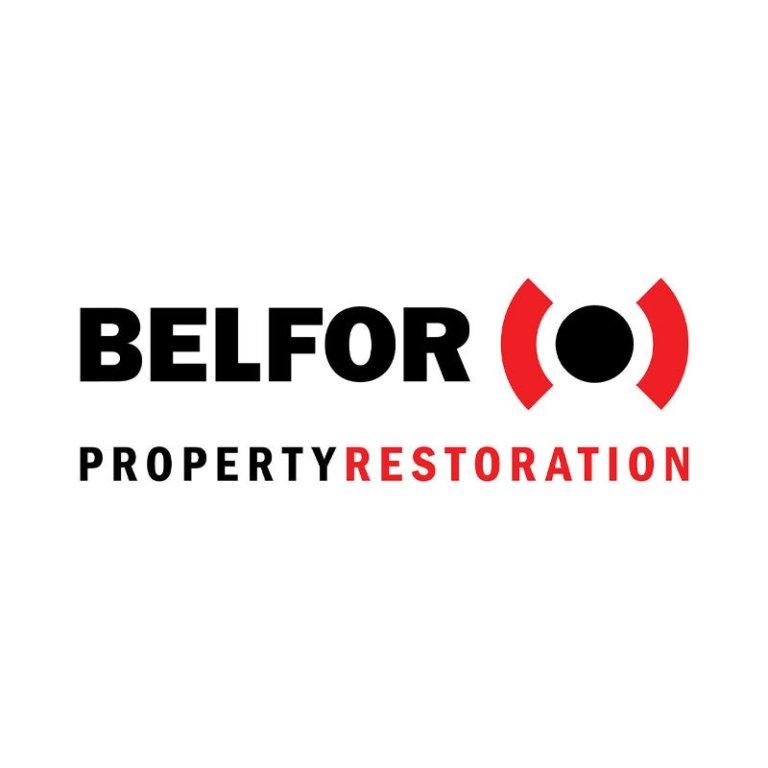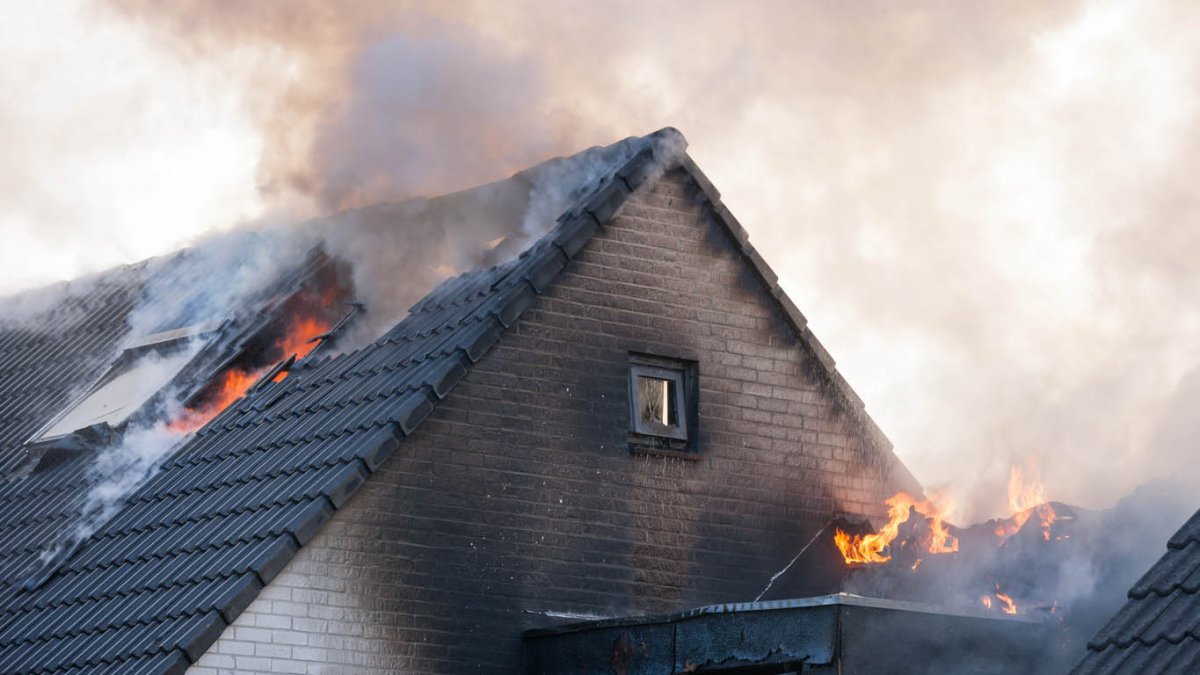
We may earn revenue from the products available on this page and participate in affiliate programs. Learn More ›
Fires can be terrifying and destructive, leaving behind serious damage to a home the belongings inside it. However, several top-tier fire damage restoration companies can handle fire damage and smoke damage, and many fire damage contractors also deal with water damage. Finding the best fire damage restoration services is an important step toward fire damage repair and fire restoration. Still, before hiring a company to handle the fire damage restoration, it’s recommended that homeowners do some research to find out exactly what each fire damage restoration service offers, the service area of the company, and the restoration process.
This list of the best fire damage restoration services is a good place to start the hunt for a qualified, professional fire damage restoration company, but homeowners will want to make sure to educate themselves on what to consider during the selection process before making a final decision.
- BEST OVERALL: ServiceMaster Restore
- RUNNER-UP: COIT Cleaning & Restoration
- BEST CLEANUP SERVICES: ServPro
- HONORABLE MENTION: BELFOR Property Restoration
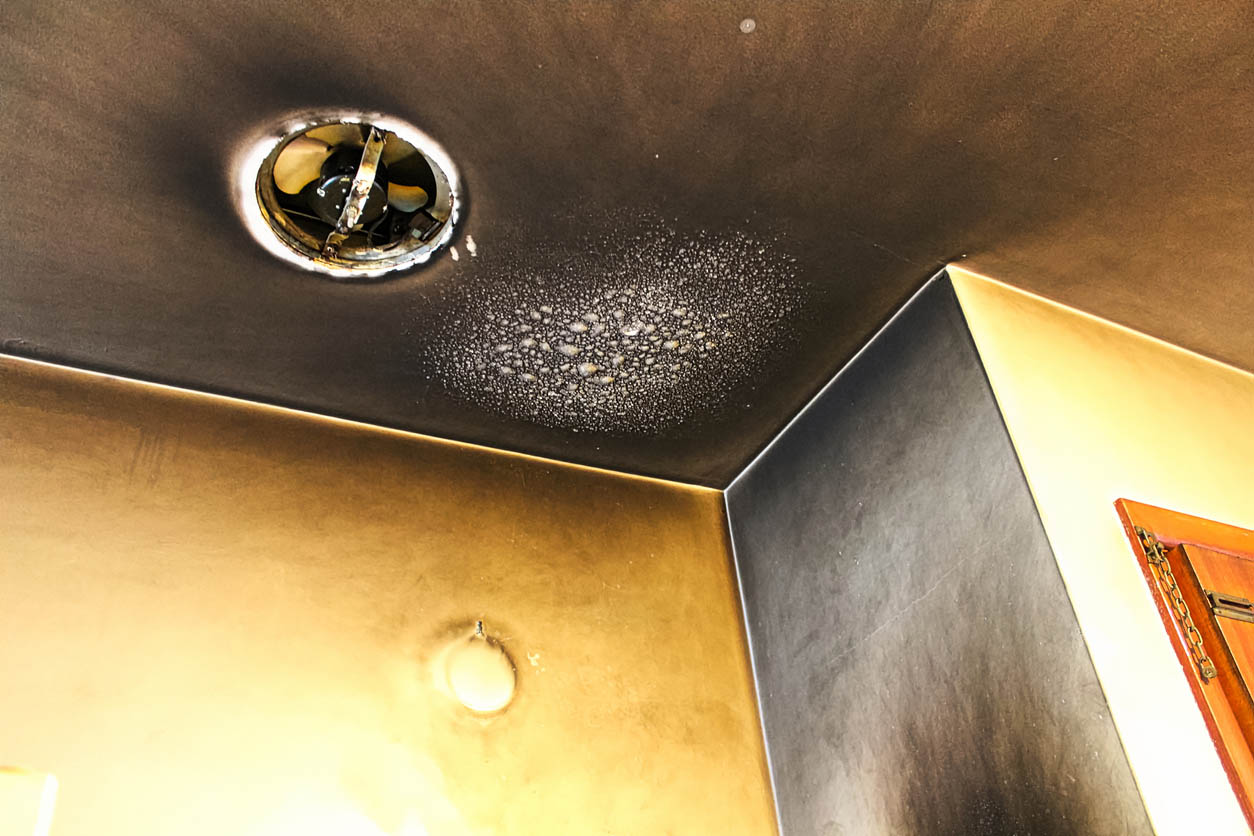
What to Consider When Choosing One of the Best Fire Damage Restoration Services
Whether a homeowner is dealing with extensive fire damage or looking for a fire restoration company to handle smoke restoration in the home, they need to consider what each company has to offer. This should include a comprehensive look into the scheduling, company availability, restoration process, and any additional services the company can handle so that the homeowner can find the best fire restoration services for their home.
Service Area
Many regions of the world are prone to specific disasters, like tornadoes, tsunamis, and earthquakes, but fire is something that can happen in any home or business. The best fire damage restoration services typically have a large service area that extends across multiple states. While searching for a top fire damage restoration company, homeowners should check whether the service area extends to their city or state. If the company is available in their state, a homeowner’s next step is to see how close or far the company is from their city. A homeowner should keep in mind that while they don’t want to rush a decision, time is a critical factor, so it’s recommended to find a nearby reputable company rather than opting for one based further away from the home.
Availability and Scheduling
The first 24 to 48 hours after a fire is the most crucial period of the restoration process because water, soot, and smoke are still damaging the home’s floors, walls, and contents. Soot is acidic and corrosive, so the longer it sits on a surface, the more it eats away. With this in mind, finding a fire damage restoration service that offers 24/7 availability can help mitigate a significant amount of damage simply by cleaning up faster than a company that isn’t available 24/7. Homeowners can speak to the customer service personnel to schedule an appointment, and they will want to ask whether the initial assessment is free or if there is an additional cost. Many companies will offer both 24/7 service and a free assessment, but it’s always best for a homeowner to verify the exact costs of the service to avoid getting a surprise charge on the final bill.
Process
A fire restoration company typically begins the restoration process by boarding up broken doors, windows, and any other holes left after the fire. Next, technicians will use specialized equipment to help dry out any water damage that could have been caused by fire hoses, broken water pipes, rain, or snow. While the home is drying, restoration technicians will complete an emergency pre-cleaning to remove any soot residue that could still be causing damage to the property due to soot’s acidic and corrosive nature.
Packing up the home’s contents and taking an inventory of what was destroyed, damaged, or untouched is a part of the process that many fire damage restoration companies can help with. A homeowner will also need to consider which items are essential for getting through the next few days, weeks, or even months. They can find a local dry cleaner to help with clothing restoration, then make arrangements to find a temporary place to stay while the repair is underway.
Once a homeowner has a safe space to live and their immediate needs are taken care of, they can discuss restoring any damaged but repairable possessions. A fire restoration company will typically restore the structure of homes, offices, or warehouses. For more delicate or specialized items like paintings, furniture, or photographs, it’s best to find an experienced professional with the appropriate skills and tools to safely take care of these items.
Once all these boxes have been checked, reconstruction can begin. Some fire damage restoration companies also offer reconstruction services, or the company may work with another service that exclusively handles home or business reconstruction.
Additional Services
Fires don’t just cause damage from the flames themselves; they can also cause smoke damage, soot damage, and water damage, as well as potential aftereffects like mold growth and lingering odors. To better provide for the needs of potential customers, many fire damage restoration companies will offer a range of additional services to help mitigate the damage to the home or business. Some fire damage restoration companies may also include the cost for mold remediation services to remove existing mold and prevent new mold growth. Other companies may offer home maintenance services like air duct cleaning or basement waterproofing. One additional service that most fire damage restoration companies provide is water damage restoration because many homes can be left flooded after a fire is put out with high-pressure fire hoses. Water damage restoration cost may be an additional fee, or the fire damage restoration company may include it in the overall project quote.
Guarantee
Not every fire damage restoration company will include a warranty or guarantee on the work that their specialists complete. However, some companies do offer this extra assurance that helps customers feel confident about the technicians’ experience and skill. After all, when a company is saying it will take financial responsibility for the work performed by its employees, this can be seen as the company being willing to risk actual time and money to ensure that the work is completed to a homeowner’s satisfaction the first time.
If the company website doesn’t mention a guarantee or whether it warranties the work, a homeowner can ask the customer service representative while they are scheduling an appointment. The representative should be able to inform the homeowner if there is a guarantee and provide the exact details. This way, a homeowner knows if the work is warrantied for a certain period or if there are specific circumstances in which the work may not be guaranteed.
Certifications and Insurance
Accountability is key, so finding a restoration company that is reputable, knowledgeable, and skilled is a necessary step toward successfully restoring, repairing, and reconstructing the home or business. A great way to inspire confidence in prospective customers is a professional certification that states the technician has demonstrated knowledge and expertise in fire and water restoration.
The Institute of Inspection Cleaning and Restoration Certification (IICRC) offers a Fire and Smoke Restoration Technician (FSRT) certificate that helps customers and companies identify qualified workers for fire, smoke, and water damage restoration. Homeowners can inquire whether the fire damage restoration specialists at a particular company have earned this certification. Before hiring a company, homeowners will also want to ask whether the company is insured.
Customer Support Availability
To book appointments, find out important information about the fire damage restoration process, and get a detailed breakdown of the cost, it’s necessary for homeowners to be able to speak to a customer support representative. Because of the emergency nature of fires, most fire damage restoration services have 24/7 customer support availability.
Depending on the company, the customer support staff may also work with a homeowner’s insurance company while providing updates, or the support staff can work with the homeowner directly to file their home or business insurance claim. Homeowners shouldn’t hesitate to ask for help from customer support staff. These staff members are trained professionals who deal with these types of situations daily, and they likely have a significant amount of knowledge that a homeowner does not.
Our Top Picks
The best fire damage restoration companies were selected based on several key factors related to customer support, availability, fire restoration expertise, and additional restoration services.
Best Overall
ServiceMaster Restore
Pros
- Technicians arrive within 4 hours
- Transparent, thorough, and tailored multi-step restoration process
- Company representatives contact the homeowner’s insurance company within 24 hours
- Relatively long 5-year labor warranty
- Comprehensive online FAQ section
Cons
- Relatively limited range of additional services
- Service area: 50 states; Washington, D.C.; and Canada
- Scheduling: Phone
- Additional services: Water damage restoration, mold remediation
- Guarantee: 5-year labor warranty
- Customer support: Phone, live chat
Why It Made the Cut: ServiceMaster Restore’s prompt service and tailored restoration process carried out by skilled technicians make all the difference when it comes to restoring a home or business to its former glory. With an extensive service area that includes service across all 50 states; Washington, D.C.; and even into Canada, ServiceMaster Restore is one of the top fire damage restoration companies across North America. Started almost a century ago, ServiceMaster Restore is an experienced, reputable fire restoration company that offers a 5-year warranty on labor. This relatively long warranty instills confidence in customers that ServiceMaster Restore stands by its work. The trained technicians can arrive at most locations in just 4 hours, and ServiceMaster Restore provides a transparent, multi-step restoration process that is tailored to the situation. This is crucial because not every fire requires the same restoration plan. While the fire restoration specialists work to restore the home or business, customers can get help dealing with insurance companies and filing prompt claims from the expert customer support staff. However, ServiceMaster Restore may not be the right choice for anyone who needs additional services beyond fire restoration, water damage restoration, or mold remediation, such as air duct or upholstery cleaning. A detailed FAQ section can be found on the company website to answer any lingering questions homeowners may have.
Runner-Up
COIT Cleaning & Restoration
Pros
- Rush jobs available for restoring important items
- Technicians are both internally and IICRC certified with at least 2 years of experience
- Customer support conveniently available by phone, email, or live chat
Cons
- Services may vary by location
- Service area: 29 states; Washington, D.C.; and Canada
- Scheduling: Phone
- Additional services: Water damage restoration, mold remediation, air duct cleaning, carpet cleaning, upholstery cleaning
- Guarantee: Satisfaction guarantee
- Customer support: Phone, email, live chat
Why It Made the Cut: The high training and certification standards COIT Cleaning & Restoration technicians maintain help customers feel confident about the restoration work performed. When emergencies occur, the last thing anyone wants is for inexperienced workers to make the situation worse. COIT Cleaning & Restoration not only guarantees the customer’s satisfaction, but the company also maintains strict training and certification standards that require technicians to be both internally certified and certified by the IICRC. Additionally, fully trained technicians typically have at least 2 years of experience working in water damage restoration, mold remediation, air duct cleaning, carpet cleaning, upholstery cleaning, or fire damage restoration. COIT Cleaning & Restoration has been in business since 1950 with a wide service area across 29 states; Washington, D.C.; and parts of Canada. Customers can book services or get in contact with customer support by phone, email, or live chat. The company website notes that the damage restoration service may vary by location, so prospective customers should verify the available services with the customer support staff before signing a contract. Customers can even request rush jobs to clean and restore important items within a week.
Best Cleanup Services
ServPro
Pros
- Widely available with over 2,000 locations in 50 states; Washington, D.C.; and Canada
- Wide range of specialty cleaning services offered, including document restoration and odor removal
- Technicians receive IICRC-certified continuing education
Cons
- Certifications vary by location
- Guarantee information is not readily available
Specs
- Service area: 50 states; Washington, D.C.; and Canada
- Scheduling: Phone
- Additional services: Water damage restoration, mold remediation, specialty and general cleaning
- Guarantee: Not specified
- Customer support: Phone
Why It Made the Cut:
Thanks to ServPro’s 2,000-plus locations throughout North America, homeowners everywhere can take advantage of this company’s restoration expertise.
ServPro started as a family-owned painting company in 1967 and has come a long way since then. Currently, the franchise has over 1,900 locations in all 50 states; Washington, D.C.; and Canada, though it’s important to note that the professional services and certifications will vary by location. Prospective customers will want to verify services and guarantee information with a customer service representative.
Technicians at ServPro are encouraged to broaden their skills and knowledge through continuing IICRC-certified education and training. ServPro specialists handle a range of jobs, including fire restoration, water damage restoration, mold remediation, general cleaning, and specialty cleaning services such as document restoration and odor removal, which means customers can get most of the restoration services they need from one company rather than having to use multiple different ones.
- Read our Bob Vila ServPro review
Honorable Mention
BELFOR Property Restoration
Pros
- Electronics, documents, and media restoration offered
- Corrosion control prevents further electrical damage
Cons
- Reports of outside companies contracted to complete finishing work
- Guarantee information is not readily available
- Service area: 39 states
- Scheduling: Phone
- Additional services: Mold remediation, water damage restoration, storm damage restoration
- Guarantee: Not specified
- Customer support: Phone, email
Why It Made the Cut: Homeowners looking to restore fire damage and prevent further issues in their home can turn to BELFOR Property Restoration’s unique restoration offerings. Customers can book fire restoration, mold remediation, water damage restoration, and storm damage restoration services across 39 states with BELFOR Property Restoration. The company started in 1946, though it didn’t begin to work in the field of fire damage restoration until over 40 years later in 1989. BELFOR Property Restoration offers a unique service offering called corrosion control. This service involves trained technicians examining and protecting any electrical panels or wiring in order to prevent further damage from smoke, water, and soot, which can give homeowners much-needed peace of mind after a house fire. The company also offers some specialty restoration services for documents, electronics, and media that may have been damaged by fire, water, soot, or smoke. However, many customers have reported that BELFOR Property Restoration hires outside companies to complete finishing work such as tile installation and painting, so it’s worth homeowners asking their local branch whether they will be performing repairs or using subcontractors. Customers can discuss this possibility and any guarantee information with a customer service representative during scheduling to make sure they are getting the right services for their needs.
Our Verdict
For fast, reliable fire damage restoration service across 50 states; Washington, D.C.; and parts of Canada, ServiceMaster Restore is the best option. However, customers who need a rush restoration or repair job on important items should look to COIT Cleaning & Restoration for fire and water damage restoration services.
How We Chose the Best Fire Damage Restoration Services
With the goal of finding the best fire damage restoration services, it was important to thoroughly research a wide pool of companies before narrowing down the selection to the top choices based on several key factors. Fires can happen to anyone at any time of the day, so a wide service area with 24/7 availability was a necessary component for consideration. Even homeowners who know exactly what they should not put in their fireplace can have an electrical fault that starts a fire unexpectedly.
Clear, concise customer support is an integral part of providing excellent service to individuals, families, and businesses that have had to deal with a shocking and frightening situation. Beyond these standards, the best fire damage restoration services also offer a breakdown of the restoration process, as well as additional restoration, repair, or reconstruction services.
Before You Hire One of the Best Fire Damage Restoration Services
It makes sense to assume that after any fire that caused damage to their home, the homeowner would want to hire trained professionals to restore the building. However, this isn’t always the best decision. While the best fire damage restoration companies can help repair and restore a wide assortment of damage caused by fire, smoke, water, and soot, if the building is destroyed beyond recognition, it may not be possible to restore it. In these severe circumstances, it’s better to work toward tearing down the damaged structure and rebuilding from the ground up. Fire damage restoration companies will be able to determine when the situation is beyond their scope of expertise and direct customers to the appropriate demolition and construction companies.
However, if the building can be restored, then the next step in the process before hiring a fire damage restoration service is to research the available companies in the area. This can include looking into schedule availability, the restoration process, additional restoration services, and even any customer-friendly offers, like a free inspection and assessment. Homeowners should not rush their decision, but they’ll want to keep in mind that a fast response when it comes to cleaning up soot, smoke, and water can help prevent additional damage that will create even more work for a fire damage restoration specialist to clean up.
Cost of Hiring One of the Best Fire Damage Restoration Services
Unfortunately, fires cause a lot of expensive damage, so before hiring a top fire damage restoration company, it’s a good idea to get an idea of the average cost, which is $14,850. However, repairing minor damages to the home may cost as little as $800, like if you need to restore a kitchen backsplash or range hood after a small grease fire. Severe damage can quickly exceed $50,000 for repair, restoration, and reconstruction.
For instance, repairing structural damage to the home can cost between $15,000 to $25,000, while restoring a home from soot damage typically ranges from $400 to $1,700, depending on the extent of the damage. On average, homeowners can expect to pay about $4 to $6.50 per foot for fire restoration services, including burnt material removal, water damage restoration, and soot cleanup.
The Advantages of Using One of the Best Fire Damage Restoration Services
After a fire damages a home or business, it’s recommended that customers find an experienced, certified fire damage restoration service instead of trying to handle the work on their own. Fire damage restoration services employ skilled technicians with the skills, knowledge, and the right tools to assess the situation and get to work cleaning up fire and smoke damage. Without the knowledge and experience these companies provide, it is very difficult to restore a home to a livable condition.
- Certified fire damage restoration services have access to the right tools to quickly and effectively complete the restoration process.
- Trained experts remove the odors and residue left behind by smoke and soot.
- Homeowners receive thorough home inspections from qualified professionals.
FAQs
In order for homeowners to find the best fire damage restoration services, it’s important for them to be as informed as possible about availability, cost, insurance, and the fire restoration process.
Q. Are fire damage restoration services available 24/7?
Given that a fire is typically considered an emergency situation, most fire damage restoration services offer 24/7 availability to mitigate the damage and recover as much of the structure as possible within the first 24 to 48 hours.
Q. How do you restore fire damage?
Fire restoration starts by protecting the structure from further damage by boarding up any openings, cleaning corrosive soot, and drying out any water damage caused by fire hoses, broken pipes, or poor weather. The contents of the home or business need to be packed up, and anything that can’t be salvaged or repaired is thrown out. A fire restoration company will work to restore the structure, while specialized professionals can help repair damaged items, such as furniture or art. Reconstruction may be necessary if there are parts of the building that are too damaged for restoration. Homeowners can reduce their risk of needing fire damage restoration by following some simple fire prevention tips.
Q. How much does it cost to rebuild a burned house?
The cost to rebuild a burned house will depend heavily on the extent of the damage and the parts of the home that need to be rebuilt. For example, replacing a roof will cost about $2,500 to $6,500, while rebuilding a kitchen can cost $25,000 to $40,000. Homeowners can work with their insurance company and fire damage restoration specialists to determine the exact cost to rebuild their home, as well as the extent of the fire damage that homeowners insurance will cover.
Q. How much do fire restoration services cost on average?
The average cost to hire a fire restoration service to deal with smoke and fire damage in your home or business typically ranges from $2,900 to $29,500, depending on the size of the property and the extent of the damage. The average customer will pay $14,850.
Q. Does homeowners insurance cover fire damage restoration services?
To determine whether their homeowners insurance covers fire damage restoration services, homeowners will need to check their policy for specific risks typically described as “perils.” Policies differ between companies and even between policyholders, so homeowners will always want to reference their homeowners insurance policy to find out their exact insurance coverage limits.
Q. Do fire damage restoration companies offer water damage restoration services as well?
Water damage is a frequent side effect of a fire due to water from fire hoses, broken water lines, and rain or snow blowing in through broken windows or doors. Because of this, most fire damage restoration companies will also be some of the best water damage restoration services.
Q. Do fire damage restoration services offer free inspections?
Many fire damage restoration services do offer free inspections, though it’s always best to check with the customer support personnel to get a definitive answer about availability, scheduling, and the inspection process.
